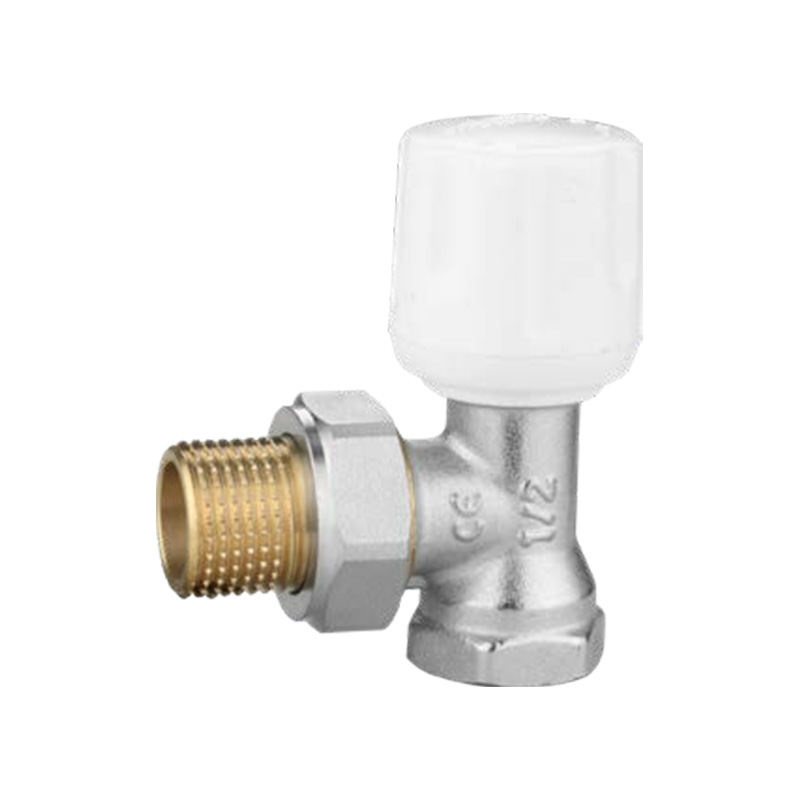Pipeline Sanitary Fittings: Advantages and Performance
Pipeline sanitary fittings factory are essential components in fluid transport systems used in industries such as food and beverage, pharmaceuticals, and chemical processing. These fittings play a critical role in maintaining system cleanliness, ensuring safety, and providing reliable connections between pipes and equipment. By combining precision engineering with high-quality materials, sanitary fittings support smooth operations and consistent product quality. Understanding their advantages and performance characteristics helps users make informed choices for installation and maintenance.

Key Advantages of Pipeline Sanitary Fittings
Sanitary fittings offer multiple benefits that make them suitable for applications requiring hygiene, durability, and ease of maintenance.
Hygienic design: One of the primary advantages of sanitary fittings is their hygienic construction. Smooth surfaces and minimal crevices reduce the accumulation of bacteria, residues, and other contaminants. This design is essential for industries like food processing and pharmaceuticals, where cleanliness is critical.
Ease of cleaning: Many sanitary fittings are designed to be compatible with cleaning-in-place (CIP) systems, allowing pipes and fittings to be cleaned without disassembly. This saves time and ensures that the system maintains high hygiene standards.
Leak-free connections: Sanitary fittings typically use precise manufacturing tolerances and secure sealing methods, such as gaskets or ferrules. These features minimize the risk of leaks, protecting both the system and the surrounding environment.
Versatility: Fittings are available in various shapes, including elbows, tees, reducers, and clamps. This versatility allows them to accommodate complex pipeline layouts, adapt to changes in flow direction, and integrate different pipe sizes.
Durability: High-quality materials and robust construction ensure long service life, even under frequent temperature changes or chemical exposure. Sanitary fittings maintain their integrity over time, supporting consistent operations.
These advantages make sanitary fittings an integral part of clean and efficient fluid transport systems.
Material and Construction Features
The performance of pipeline sanitary fittings is closely linked to the materials used and the precision of their construction.
Stainless steel: Stainless steel, particularly grades 304 and 316, is the commonly used material for sanitary fittings. Its resistance to corrosion, rust, and chemical exposure ensures long-lasting performance. Stainless steel also withstands high temperatures and pressure variations.
Polished surfaces: The internal surfaces of fittings are often polished to achieve a mirror-like finish. This minimizes roughness, reduces friction, and prevents contamination accumulation. Smooth surfaces also enhance fluid flow efficiency.
Gaskets and seals: Food-grade elastomers such as EPDM, silicone, or PTFE are commonly used for sealing. These materials are compatible with a wide range of fluids and maintain a tight seal even under temperature fluctuations.
Precision manufacturing: Sanitary fittings are manufactured with strict tolerances to ensure that each component fits correctly. Proper alignment and smooth transitions reduce turbulence, maintain flow efficiency, and prevent damage to the system.
Modular design: Many fittings are designed for quick assembly and disassembly, allowing for easy maintenance, inspection, and system modifications. This flexibility contributes to overall system efficiency.
These material and construction features enable sanitary fittings to perform effectively under demanding conditions.
Performance Considerations
Sanitary fittings are evaluated based on their performance in maintaining system efficiency, reliability, and hygiene.
Pressure handling: Well-designed fittings can handle moderate to high pressures without deformation. This ensures safe operation in pressurized fluid systems.
Temperature tolerance: Fittings are capable of withstanding a wide range of temperatures, making them suitable for both hot and cold fluid applications. Some materials and seals are specifically rated for high-temperature sterilization processes.
Flow efficiency: The smooth interior surfaces and accurate geometries reduce pressure drop and turbulence. This contributes to consistent flow rates, which is critical for industrial processes requiring precise fluid delivery.
Chemical resistance: Depending on the material, sanitary fittings can resist various chemicals, acids, and cleaning agents. This compatibility allows for broader application across industries without compromising safety or integrity.



 English
English русский
русский Español
Español عربى
عربى


